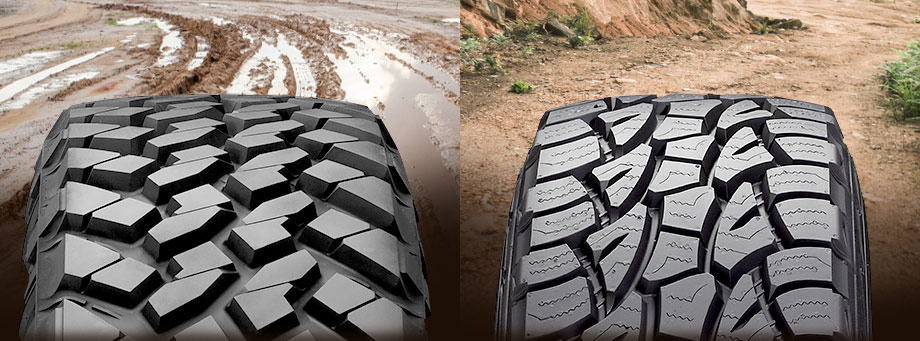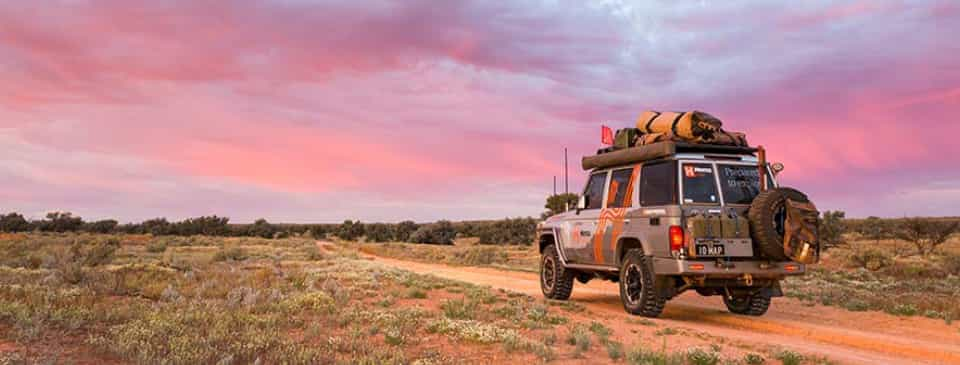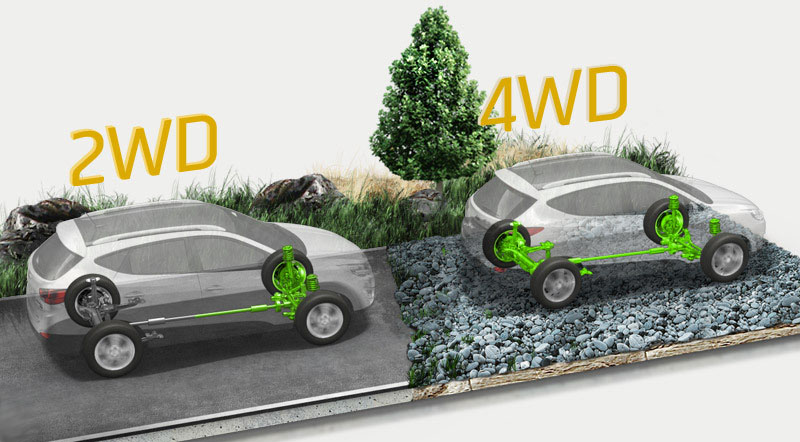Are you trying to decide whether mud
tyres or all-terrain tyres are best for your 4WD?
Well, there are two questions you need to ask yourself before exploring the difference between mud tyres and all-terrain tyres, and which one is right for you:
1. Where are you going?
2. How often are you going?
You see, both types of tyres have their
pros and cons, but at the end of the day, you need the best tyre for your
circumstances.
So, let’s consider the differences between mud tyres and all-terrain tyres.
Disclaimer – there can be significant variations depending on the brand of the tyre so this information is of a general nature, which means you can’t have a crack at us if things don’t go to plan based on the information in this article.
Mud terrain tyres (Mud) are built stronger with firmer sidewalls and have a large chunky tread pattern with widely spaced lugs that can eject debris easily when spinning.
All-terrain tyres (AT) have only small spaces between the tyre treads and gives a good performance in most conditions.
As with all tyres, the key factor to determine whether a certain tyre type is right for you is how much traction will be provided in the conditions in which you are likely to be driving.
Based on the conditions (or road surfaces), the performances of each tyre type will vary.
1. Where Are You Going?
Surface Type | Mud Tyres (MT) | All-Terrain Tyres (AT) |
Bitumen | Okay, longer stopping distance, can be the noisy and shorter life span | Good grip, quieter, greater longevity |
Gravel | Good | Good |
Sand | Good (note tyre pressure) | Good (note tyre pressure) |
Mud | Exactly what the MT was designed for… A+ (shock) | Poor (can’t get rid of mud/debris in the tread grooves resulting in little-to-no traction) |
Rocks | Good (depending on the size and nature of the rocky surface) | Okay |
2. How Often Are You Going?
The other important consideration
is how often you are going off-road. If it’s only a couple of times a year,
then the option for you is tracking down the best all-terrain tyres, as they
will last longer and are suitable for most conditions and surfaces.
If you’re fanatical about getting
your rig into tricky situations, including mud, on a frequent basis, then mud
tyres are for you.
It’s important to note that mud
tyres will cause you to use more fuel under normal
operating circumstances (especially on the bitumen). Essentially, it
takes more power to push each of those big lugs in the tread along the road
compared to a smoother transition between the tyre and the ground that you’d
get with a set of all-terrain tyres.
At the end of the day, both mud
tyres and all-terrain tyres are going to get you to where you want to go. But
when deciding between the two, your ultimate choice comes down to where you’ll
be driving, and how often.
Be sure to share some examples of when each tyre has (or hasn’t) worked well for you.






